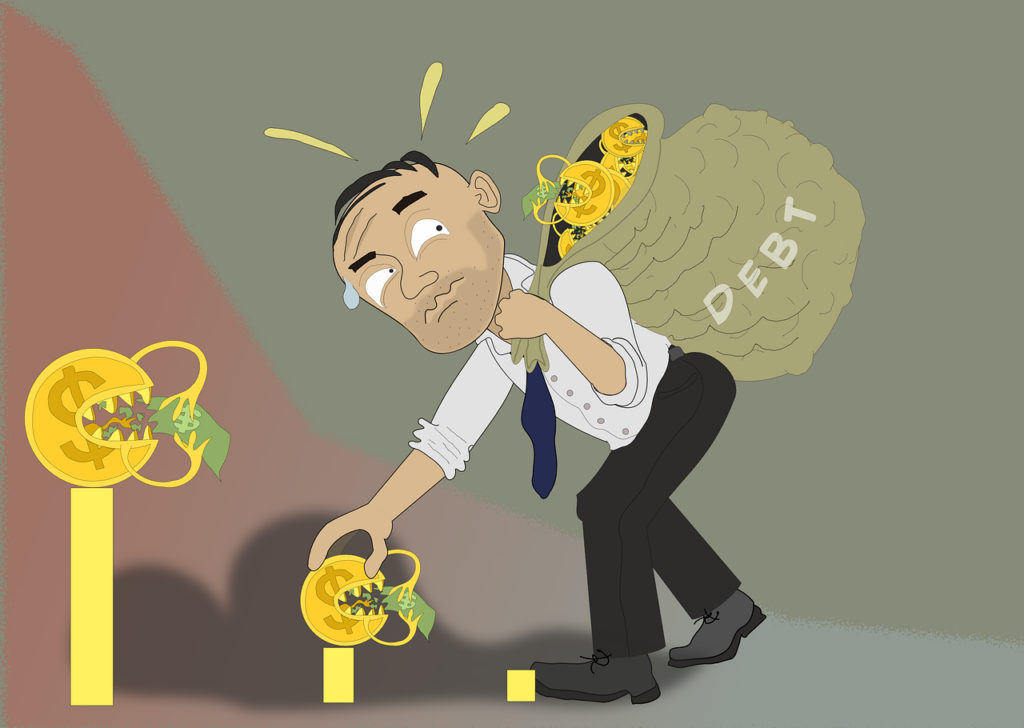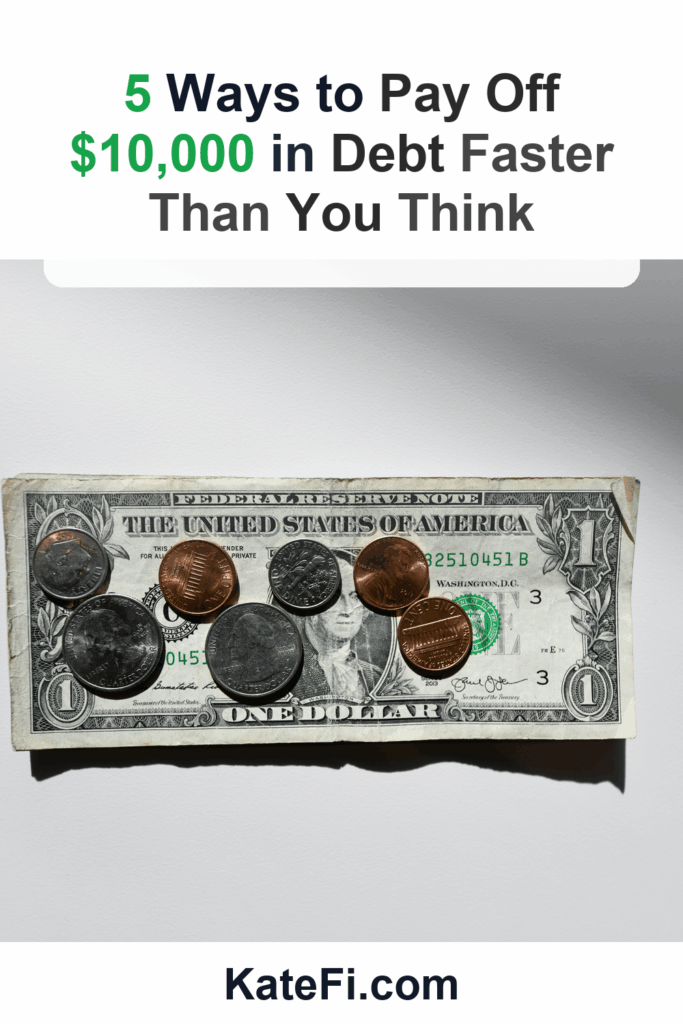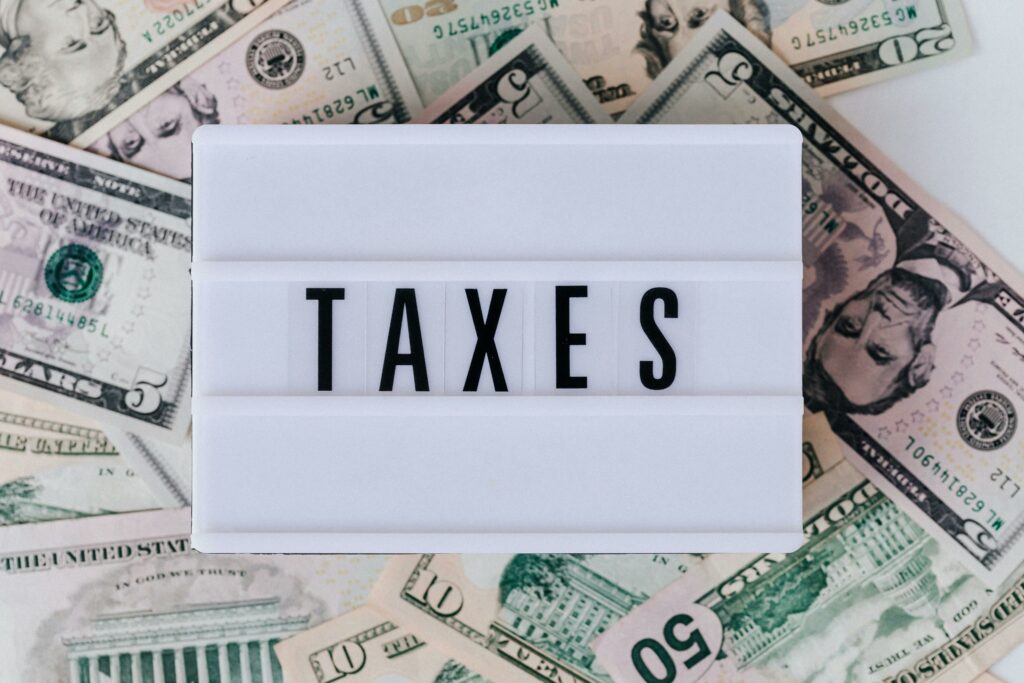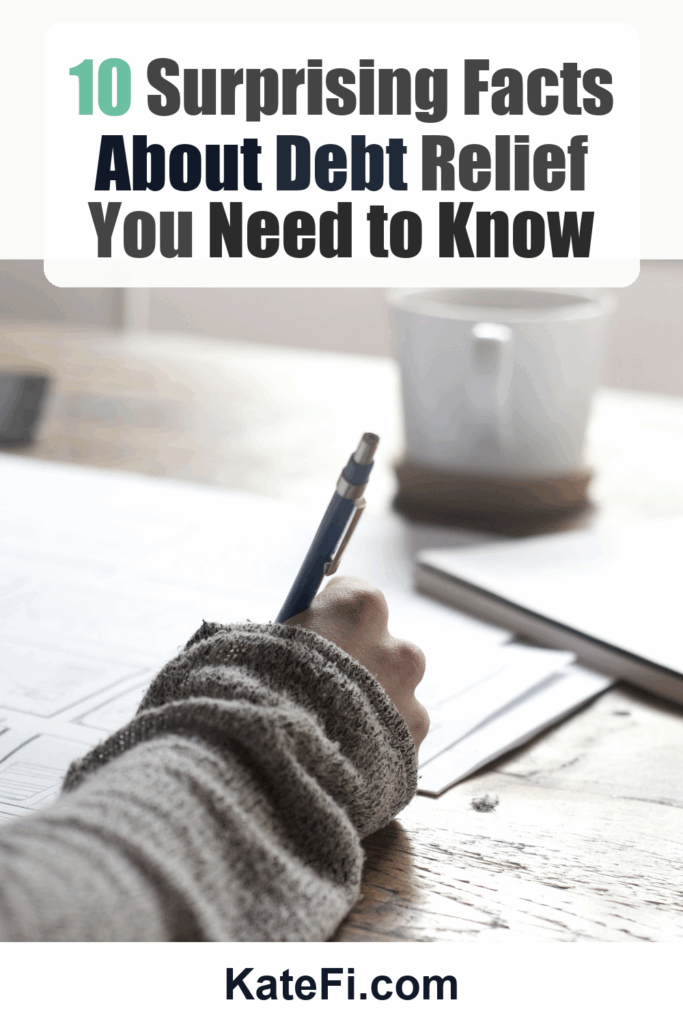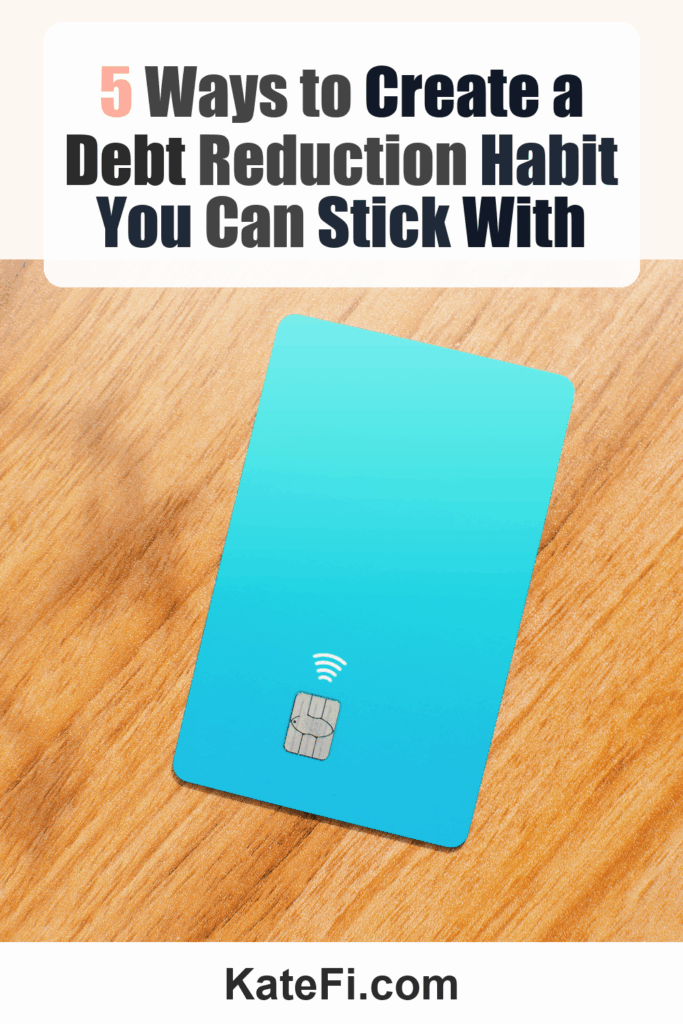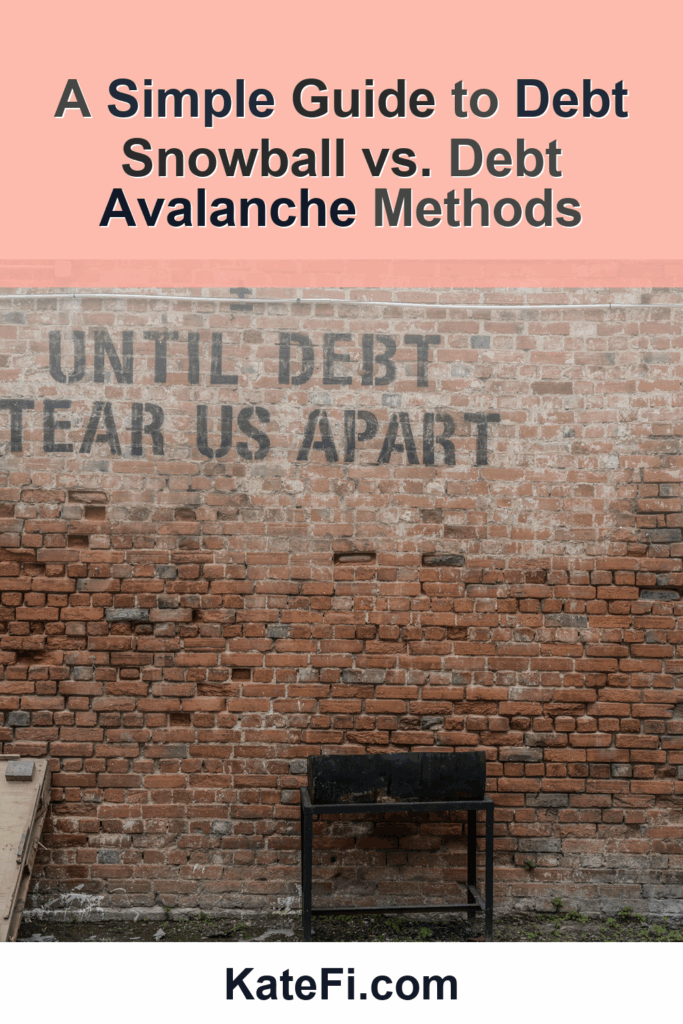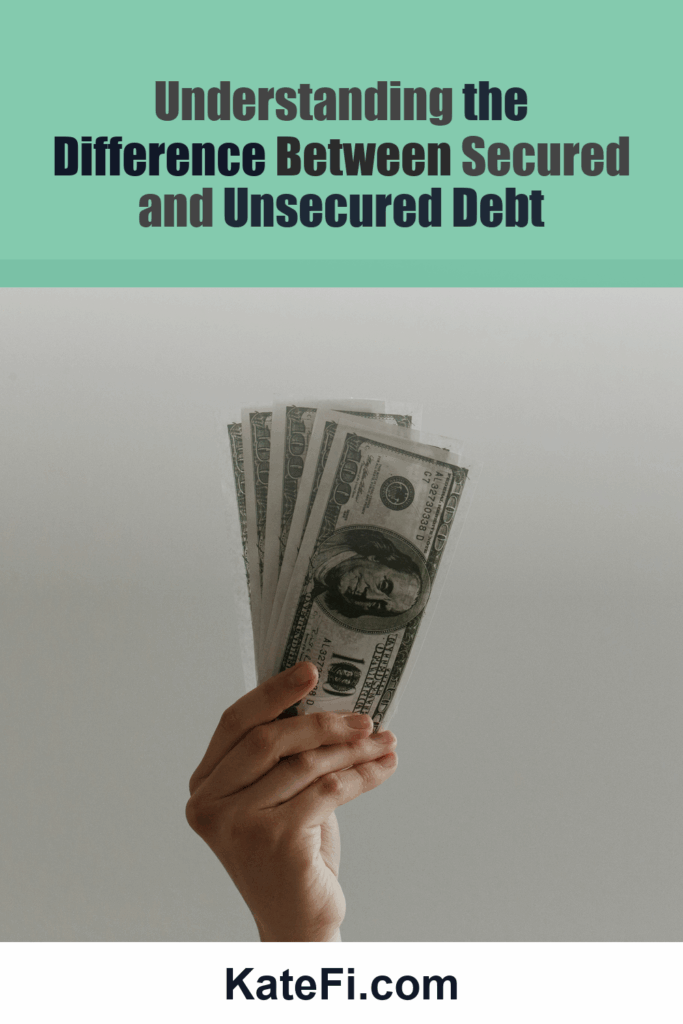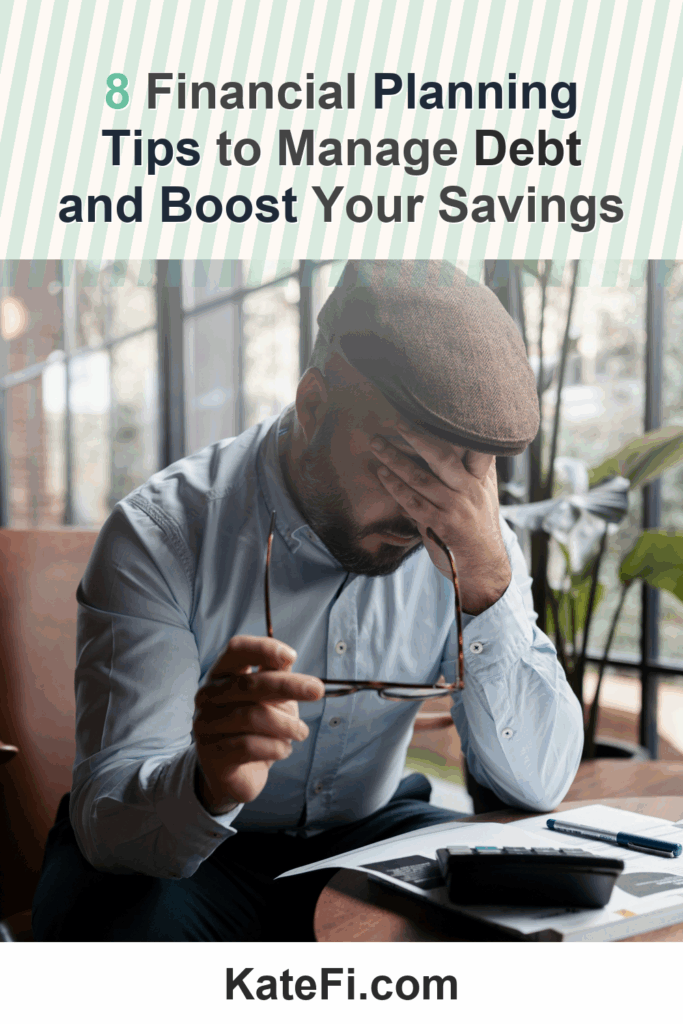10 Tips for Using Your Tax Refund to Pay Off Debt Faster
With rising inflation and an ever-increasing household debt burden, millions of Americans are searching for ways to get a grip on their financial health. In 2023, consumer debt has reached an all-time high, compelling families to rethink their budgeting strategies. One way to make a significant impact on debt repayment is through tax refunds. As tax season rolls around, your refund can be a powerful tool for achieving financial freedom. Here are 10 tips for using your tax refund effectively to pay off debt faster, with strategies that can help your budget resets stick for the long haul.
Love our content? Show your support by following us — pretty please!🥺
FOLLOW ON PINTEREST
Hi! I’m Kate, the face behind KateFi.com—a blog all about making life easier and more affordable.
1. Understand the Power of Your Tax Refund
Lower Your Unsecured Debt
If you have $5,000+ in credit card or personal loan debt, a free consult can review options like settlement or hardship plans.
- One-on-one call to review your debts and goals
- See potential monthly payment reductions
- No obligation to enroll
Not available in IL, KS, OR, TN, UT, WV.
A tax refund is essentially a lump sum of money that the government gives back to you if you’ve overpaid your taxes. The average refund in 2023 has been around $3,000, a sizeable amount that could substantially decrease your debt. However, it’s important to recognize that your refund isn’t “found money”; it should be treated as a strategic financial resource.
Consider using your tax refund primarily for debt reduction rather than splurging on immediate wants. Creating a plan for this money can help ensure your budgeting resets are more than just a temporary fix.
✅ See If You Qualify for Debt Relief
2. Create a Detailed Debt Inventory
Before you allocate your tax refund, take the time to create an inventory of your debts. This means listing each debt, including the balance, interest rate, and monthly payment. By doing so, you’ll have a clearer understanding of where your money can make the most significant impact.
Here’s a quick comparison table to help you visualize your debts:
| Debt Type | Balance | Interest Rate | Monthly Payment |
|---|---|---|---|
| Credit Card A | $5,000 | 18% | $150 |
| Personal Loan B | $10,000 | 12% | $300 |
| Car Loan C | $7,500 | 5% | $250 |
| Student Loan D | $15,000 | 4% | $200 |
By analyzing this information, you can identify which debts are costing you the most money due to high interest rates.
3. Pay Off High-Interest Debt First
What You’ll Learn on the Call
- Estimated timeline and monthly payment range
- How credit may be affected in the short term
- What documents to gather to move faster
Not available in IL, KS, OR, TN, UT, WV.
When you’ve outlined your debt inventory, the next logical step is to prioritize payments towards high-interest debts. By doing so, you can save money in the long term.
Using a portion of your tax refund to pay down the highest interest debts will not only lower your total debt load but also reduce the monthly interest accrual, ultimately helping you to become debt-free sooner.
✅ See If You Qualify for Debt Relief
4. Consider the Snowball vs. Avalanche Method
Two popular debt repayment strategies are the Snowball and Avalanche methods.
- Snowball Method: Pay off your smallest debts first to gain psychological momentum.
- Avalanche Method: Focus on high-interest debts first to save more money in the long run.
Choose the method that resonates with your financial and emotional needs. Regardless of the method, utilizing your tax refund to make a large payment can provide a massive boost towards your goal of becoming debt-free.
5. Establish an Emergency Fund
After addressing high-interest debts, consider using a portion of your tax refund to establish or bolster an emergency fund. According to financial experts, having three to six months’ worth of expenses saved can prevent you from falling back into debt when unexpected expenses arise.
By ensuring you have a safety net, your budgeting resets will feel more secure, and you’ll be less likely to rely on credit when life throws you a curveball.
✅ See If You Qualify for Debt Relief
6. Make a Commitment to Change Your Spending Habits
Your tax refund can be a catalyst for real change. By allocating these funds thoughtfully, you can kickstart a commitment to changing your spending habits. Start by developing a budget that includes your essential expenses and debt repayments.
Utilize budgeting tools or apps to keep track of your spending. Being diligent about monitoring your finances will help make your budgeting reset stick, preventing future debt accumulation.
7. Gather Documentation for a Quick Debt Relief Review
If you’re feeling overwhelmed with debt, using your tax refund to explore debt relief options can also be a viable path. Before you seek assistance, gather necessary documentation to ensure a smoother review process. Key documents include:
- Recent tax returns
- Pay stubs or proof of income
- Statements from creditors
This information will help you assess your financial situation accurately and explore the most beneficial options available.
✅ See If You Qualify for Debt Relief
8. Don’t Forget About Future Payments
Your tax refund should not just be a one-off solution; think long-term. After you allocate funds to immediate debt repayment, strategize how you will manage your future payments.
This could involve increasing your monthly payments or reevaluating your budget to find more areas to save. The key is to make small, consistent changes that will yield significant results over time.
9. Consider Professional Help
If you feel uncertain about handling your debt independently, consider seeking professional help. A free consultation with a debt relief expert can provide personalized strategies to help you navigate your situation more effectively.
Consulting experts can unveil options you may not have considered, allowing you to make informed decisions about your financial future.
10. Monitor Your Credit Impact
Using your tax refund to pay down debt can have a positive impact on your credit score, but it’s crucial to monitor these changes. Paying down debt decreases your credit utilization ratio, an important factor in determining your credit score.
However, be cautious of missed payments, as they can negatively impact your credit. Strive for consistent, on-time payments as you implement your financial strategies.
Important: This content is for education only—not legal, tax, or financial advice. Results and eligible programs vary by situation and state. Fees apply if you enroll and complete a program. Debt relief can affect credit; missed payments may lead to collections/lawsuits. Not available in IL, KS, OR, TN, UT, WV.
Final Thoughts
Your tax refund offers an incredible opportunity to reset your financial situation. By using these tips to strategically pay off debt and revise your budgeting practices, you can establish a solid foundation for your financial future. While the journey toward debt relief may take time and dedication, the small steps you take today can lead to significant outcomes tomorrow.
Remember, seeking guidance can help you tailor a plan that suits your unique circumstances. To start the conversation, don’t hesitate to get a free consultation and see how you can best utilize your tax refund for debt relief.




